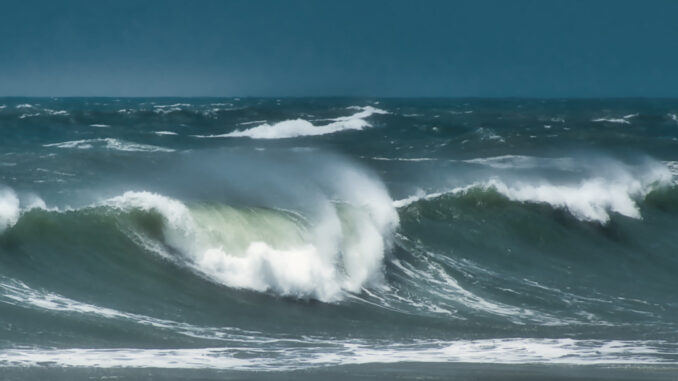
Hurricane Boat Prep 101
As we move past Summer’s halfway point, spaghetti plots and CAT ratings become a regular part of boater’s vocabularies. The height of hurricane season is fast approaching, and as with all things boating, preparedness is key. Whether you’ve recently become a boat owner, or if it’s been a while since you were on hurricane standby, check out these tips for prepping your boat to ride out a hurricane.

Leave the Lift
Never leave your boat on a lift during a hurricane if it can be helped. Possible (and likely) damage includes your boat being blown off the lift, forced up through the roof by storm surge, or even filling with rainwater, causing the lift to collapse from the weight. And if the storm wipes out the entire dock, your boat is going with it. However, if moving your boat is not an option, raise the lift to avoid any surge and ensure it is secured with sturdy straps.
In-Water Options are Less than Ideal
If you must leave your boat in the water during a hurricane, keep these things in mind:
- Seek out tall pilings. Shorter pilings aren’t as forgiving during a storm surge.
- Choose a floating dock when available. This allows the boats to rise and fall with storm surges. (Piling height is still important!)
- Mind your lines. Dock lines exposed to several seasons of deterioration due to sunlight, salt, dirt, and repeated stretching can lose roughly half their original strength. Replace your dock and mooring lines or have a second set ready and use chafing gear (or tape, rags, rubber hoses, etc.) on lines if possible.
- Assume that at least one cleat or piling will give out. Each of your lines should include a mate running in the same direction attached to a different spot on both the boat and the dock.
All Ashore Who’s Going Ashore – and Bring the Boat
Between remaining on the lift, staying at the dock, or removing your boat entirely from the water, this last option should be your first choice if possible. Make sure to store your boat on ground higher than the anticipated surge level, as low-lying areas can quickly flood before and during landfall. If you keep your boat on its trailer, let a little air out of the tires, making it more grounded. And, of course, do not park your boat under large trees.
The ideal way to secure your boat is to tie it down by attaching straps to eyes set in concrete or helical anchors drilled into the ground. Choose straps with as little stretch to them as possible.
Clear the Boat
Remove all sails, bimini tops, cushions, chairs, and anything else that could easily be picked up by tropical storm or hurricane-force winds. Also, remove any highly valuable or delicate equipment onboard that could become easily damaged or stolen while your boat is unattended.
Gather Your Docs
Organize your boat records and documents to keep with you during the hurricane. This includes your Hull Identification Number (HIN), insurance policy, any marina or storage leases, and recent photos of your boat. Also, get in touch with your insurance agent and double-check your hurricane coverage.
In the event of a hurricane warning, plan to have your boat secure at least 48 hours before the storm is expected to make landfall. Having a solid plan for your boat during a hurricane will give you more time to take other safety measures for your family and home. If you’re looking for boat storage solutions, check out our member directory full of industry experts who can guide you in the right direction.
Taking the time to stormproof your boat isn’t as fun as spending a few extra days on the water, but putting in the effort upfront can prevent those days from ending abruptly.
